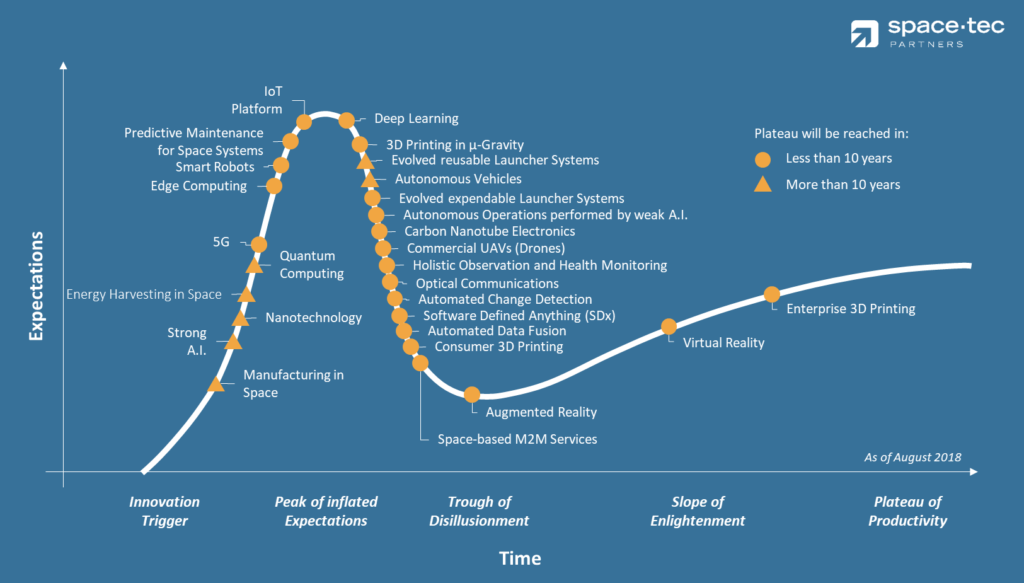
The Case of 5G
The expected impact of 5G could enable new applications and services within the domains of health, transport, entertainment, M2M (Machine-to-Machine communications), security, etc. (refer to Figure 1). 5G promises to increase the connection between people and the Internet of Things, raising the potential for the number of devices that can be connected and the amount and type of data that can be shared between them; with its support capable of handling one million devices per square kilometre at latency as low as 0.5ms. If 4G was essentially about higher throughput and capacity, 5G is expected to redefine the rules.
While the promises of 5G technology are great and some regions such as the US and South Korea have already launched commercial 5G services, most target the year 2020 for their official release of the network. Some reports[1] even predict that more than 40% of the world’s population will be covered by 5G, with over 1.5 billion subscriptions for enhanced mobile broadband expected by the end of 2024.
However, while there is currently a lot of momentum behind 5G, there are still significant challenges that 5G faces to reach mainstream adoption; including:
- Infrastructure costs
Although network operators have been quick to test and deploy their services, large investments into 5G and its supporting infrastructure are needed to allow the network to scale sustainably. Network domains, radio access network (RAN) infrastructure (MIMO, small cells, etc) and fibre-optics are examples of the investments that network operators will have to make. - Spectrum availability
To build the required networks, network operators target the spectrum between the 450MHz and 6GHz bands, however those ranges are populated with interference from different technologies. While higher-frequency spectrum may have higher capacity, they are also more limited in terms of range. Network operators will need to focus their 5G efforts on a less crowded frequency band - Security challenges
As the cornerstone for a networked society, 5G security and privacy is an important concern that needs to be addressed and one that has the potential to impact legal frameworks, commercial entities and private individuals. New trust models, service delivery models and privacy requirements will likely have to be developed to ensure security enabling 5G to play its role in Critical Infrastructure - Standardisation
With 5G acting as an enabler for the Internet of Things, the need for uniform standards regarding the design of and access to 5G networks becomes clearer. While the 3rd Generation Partnership Project (3GPP) have made progress in developing standards for the 5G, more work remains to be done
[1] Ericsson Mobility Report, November 2018